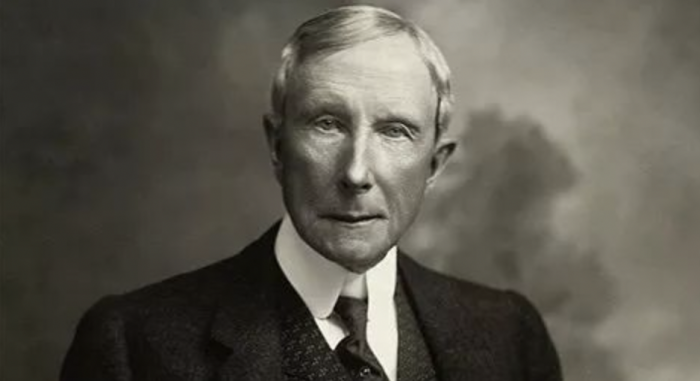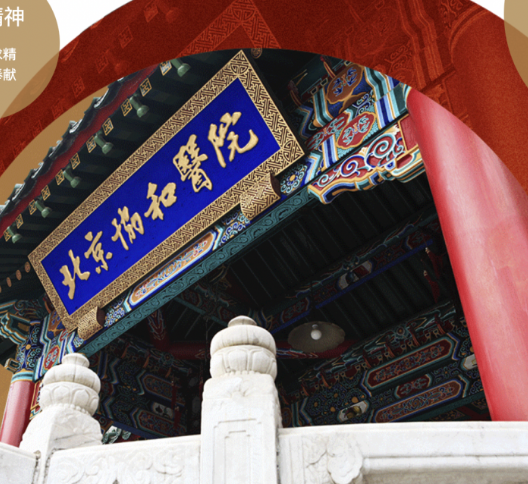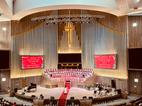Do you know who was the richest man in the 20th century? It was John D Rockefeller, who built two kingdoms, one for oil and the other for philanthropies.
He made his fortune in the oil business by founding Standard Oil Company in the second half of the 19th century. At the beginning of the 20th century, he made a stunning decision to build one of China's best medical schools and affiliated hospitals in Peking at the time. So, he decided to spare no expense and assigned his son to implement it.
In 1906, joint with five other churches in Britain and the United States, the London Missionary Society, opened the Union Medical College Lockhart Hall, the predecessor of Peking Union Medical College Hospital (PUMCH). Funded by the Americans, it was established on the basis of the Johns Hopkins Hospital in the United States.
At that time, a friend of Rockefeller suggested that he donate money to China. So, in 1909, he sent the first investigation group to China, and two Chicago doctors witnessed how China lacked doctors and medical equipment. Many patients passed away as their conditions deteriorated without receiving timely treatment. So, in 1913, the Rockefeller Foundation was established. One year later, they sent a second delegation to inspect China. After visiting more than 10 cities and hospitals, they wrote a report called "Chinese Medicine", which has proven to be a very valuable report thus far.
At that time, there were two plans discussed by the Foundation. The first option was to set up as many medical schools as possible, to train many medical talents. The second was to establish one with the highest standard in the world. In the end, the Foundation chose the latter.
In 1915, the Rockefeller Foundation dispatched the third investigation group with many famous American doctors, and the Rockefeller Foundation acquired the Union Medical College Lockhart Hall. Subsequently, the Foundation invested funds for the construction of the new school, inviting world-class architects to design it, and shipping advanced building materials and medical equipment from the United States.
In 1916, Charles A. Coolidge, who was responsible for the design of the PUMCH, came to China to inspect the Yu parent Palace and decided to design and build a campus and hospital complex with a palace-like appearance, combining Chinese and Western styles. At that time, as Germany had the highest level of medical management in the world, Americans went to learn from the Germans and then quickly applied it in China.
Formally established in September 1917, all classes of PUMCH were taught in English, according to the standards of American universities, with Frankline C. Mclean as the first president. In the first term, the college enrolled seven students, only three of whom graduated after eight years’ study, with the passing score being 75 points.
They offered an eight-year undergraduate program in medicine in October 1919 and opened a nursing school in 1920. With the new campus completed in September 1921, the college was renamed the private Peking Union Medical College (1929-1942) by the Ministry of Education of the Nanjing National Government in 1929.
In 1930, the college was approved by the Ministry of Education of the Republic of China. After the outbreak of the Pacific War in 1941, the United States and Japan were in a state of war, and the medical college, hospital and nursing schools were closed one after another. In early 1942, the college was occupied by the Japanese army and forced to close. After the surrender of Japan in 1945, the China Medical Board and the board of trustees of the college sent representatives to recover all school properties from the Japanese army. The college was then rebuilt and later reopened in October 1947, remaining open to this day.
- Translated by Abigail Wu













